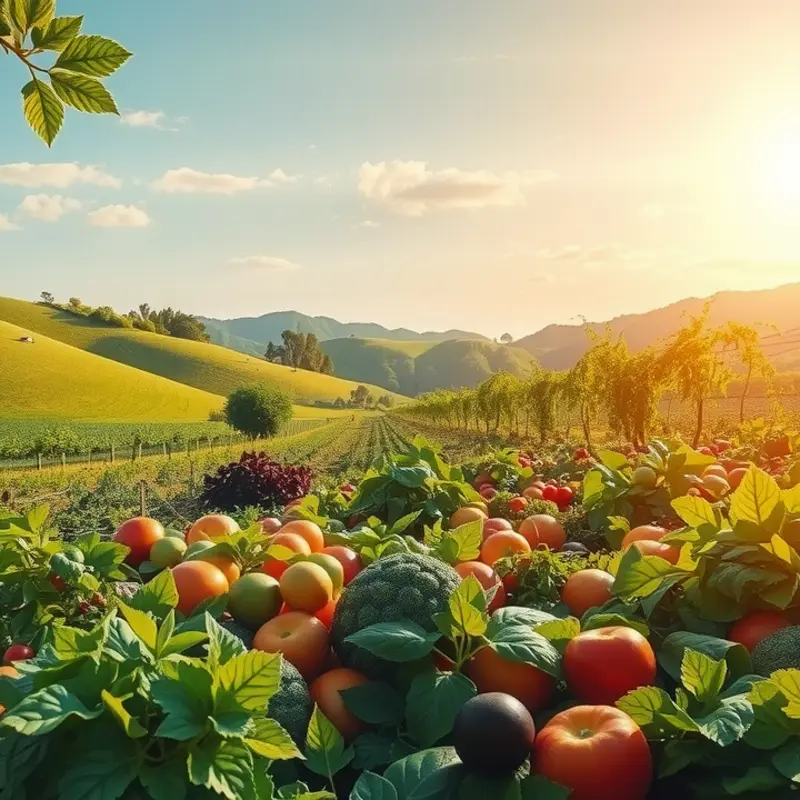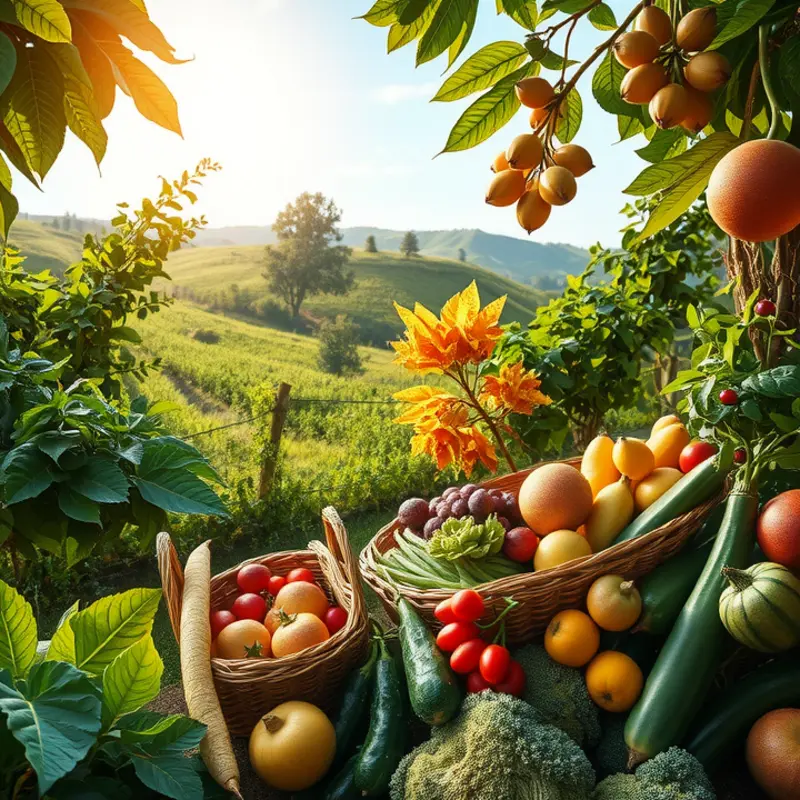Sustainability is more than just a trend; it’s a vital approach to living in harmony with our planet. As individuals become increasingly aware of their ecological impact, many are seeking food options that prioritize the environment. Packaging, often overlooked, plays a crucial role in this equation. Transitioning to sustainable packaging can significantly reduce pollution, waste, and carbon footprints. By making informed choices, environmentally-conscious consumers can promote practices that benefit our health and the health of our planet.
The Importance of Sustainable Packaging in Food Industry

Sustainable packaging plays a pivotal role in reducing environmental waste. In the food industry, where packaging often ends up as landfill waste, employing eco-friendly alternatives can significantly lower the carbon footprint. The use of biodegradable, compostable, or recycled materials in packaging offers tangible benefits.
Biodegradable packaging breaks down naturally, reducing the amount of waste that accumulates. Compostable packaging takes it a step further; it can decompose into beneficial organic material that enriches the soil. Meanwhile, recycled packaging utilizes existing materials, minimizing the need for virgin resources. Each of these options helps mitigate the adverse impact on the environment.
The importance of embracing sustainable packaging becomes evident when we consider the sheer scale of waste generated by conventional materials. Traditional packaging, often made from plastics, leads to pollution due to its non-biodegradable nature. These materials take hundreds of years to decompose and contribute to oceanic waste, which harms marine life. Shifting to sustainable alternatives provides an opportunity to address these environmental threats actively.
Consumer choices are a powerful force in driving change within industries. As more people become conscious of their environmental impact, demand for sustainable practices naturally increases. This demand inspires companies to rethink their strategies and implement more eco-friendly solutions. Consumers can further encourage this shift by supporting businesses that prioritize sustainable packaging, thereby promoting a cycle of positive change.
Moreover, the transition to sustainable packaging is supported by its potential for customization. Businesses can maintain brand integrity while utilizing materials that are less harmful to the environment. This customization includes designing packaging that is not only functional but also aesthetically pleasing and mindful of ecological concerns.
Adopting sustainable packaging solutions aligns with broader waste reduction strategies. For individuals interested in comprehensive approaches to reducing their environmental impact, exploring waste reduction tips can provide valuable insights. By coupling sustainable packaging with waste minimization practices, both companies and consumers can contribute more effectively to a healthier planet.
As the food industry continues to evolve, the shift towards sustainability presents both challenges and opportunities. Innovations in packaging technologies and materials offer companies ways to fulfill their environmental responsibilities without compromising on quality. Embracing sustainability in packaging not only protects our planet but also enhances the brand image and builds customer loyalty.
In sum, the food industry’s embrace of sustainable packaging is more than a trend; it is a necessary evolution. As consumers, businesses, and policymakers recognize the importance of these choices, the pathway to a more sustainable future becomes clearer. Together, we can foster a cultural shift that emphasizes environmental stewardship and sustainable growth.
Innovative Materials to Replace Conventional Packaging

The shift towards sustainable packaging solutions has introduced several innovative materials that are revolutionizing the food delivery industry. As we strive to reduce environmental impact, plant-based plastics, compostable wraps, and reusable containers have emerged as viable alternatives to traditional packaging materials.
Plant-based plastics are at the forefront of eco-friendly packaging. Derived from renewable sources like corn starch, sugarcane, and cellulose, these bioplastics can significantly cut down the carbon footprint associated with conventional plastics. They mimic the utility of traditional plastics while offering the advantage of biodegradability. Despite challenges in compostability under natural conditions, advances are making them more effective in industrial composting settings.
Another promising alternative is compostable wraps. These materials are designed to decompose more rapidly than conventional plastics and are perfect for wrapping food items that require freshness and protection. Made from materials like PLA (polyactic acid), they break down into non-toxic components, making them safer for soil and water.
Reusable containers are also gaining traction as a sustainable option. Companies are increasingly adopting durable, long-lasting materials such as stainless steel and glass for food delivery. By shifting from single-use to reusable systems, we not only reduce waste but also provide a safer and healthier option for consumers, as these materials typically do not leach harmful chemicals.
These innovative materials not only minimize waste but often come with added benefits. For consumers, they mean fewer toxins leaching into food, contributing to a healthier lifestyle. Moreover, sustainable packaging frequently aligns with ethical values, meeting increasing consumer demand for environmentally responsible practices.
Brands leading the charge in this eco-friendly wave are setting an example for the industry. By investing in sustainable materials, they showcase a commitment to the environment and drive innovation. Consumers can support these efforts by choosing products that emphasize sustainable packaging, encouraging other companies to follow suit.
For more practical tips on minimizing environmental impact through waste reduction, you can explore this resource on waste reduction tips. This supports not just a more sustainable lifestyle but also aligns with broader efforts to embrace eco-friendly practices in daily life.
The transition to sustainable packaging requires cooperation between producers, consumers, and policymakers. By embracing these innovative materials, we are creating a more sustainable future for food delivery, ensuring that convenience does not come at the cost of our planet.
Final words
Shifting to sustainable packaging is a crucial step towards protecting our environment and ensuring healthier food choices. Not only does it minimize waste, but it also fosters a culture of responsibility and mindful consumerism. By choosing innovative and eco-friendly packaging options, individuals can actively participate in the solution to the pressing issues of pollution and climate change. Every step, no matter how small, contributes to a more sustainable future. Individuals have the power to influence brands and drive change in the food industry, ensuring that sustainability becomes the norm rather than the exception.








